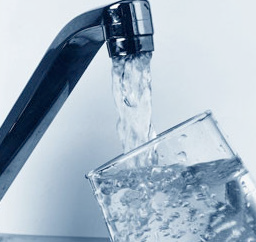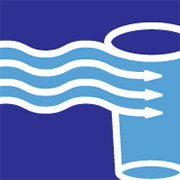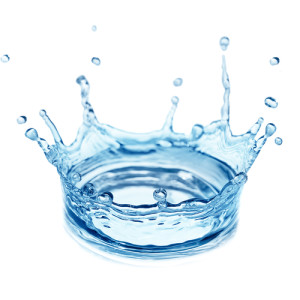Given their commitment to provide safe and reliable water service to California residents and businesses at reasonable costs and rates, California Water Association (CWA) members appreciate the California Department of Public Health’s (CDPH) approach to balancing the public health and financial consequences of the new proposed drinking water standard for hexavalent chromium or Chromium 6 (Cr-6). The CDPH’s recently announced draft maximum contaminant level (MCL) for Cr-6 at 10 parts per billion (ppb; one ppb is equivalent to one drop of water diluted within 13,750 gallons of water) made California the first state to propose a standard for Cr-6. Currently, the only MCL related to chromium is the federal limit of 100 ppb for total chromium (which encompasses both Cr-6 and benign Cr-3), which was originally established by the U.S. Environmental Protection Agency in 1991. Subsequently, California became the only state to set a total chromium MCL, which is currently at 50 ppb.
Cr-6 occurs naturally in the environment from the erosion of chromium deposits. Cr- 6 also can be produced through various industrial uses. Cr-6 is used as an anti-corrosive, for tanning leather and in the manufacture of stainless steel, textile dyes and wood preservatives. Data collected by water utilities throughout California indicates Cr-6 has been detected in drinking water sources in 52 of the state’s 58 counties. The CDPH estimates the new standard would affect more than 100 water districts in California at an annual combined cost of about $156 million.
CWA members are dedicated to providing a safe, reliable water supply. Like all water purveyors, CWA members will comply with the MCLs and other water quality requirements set by the CDPH. Water utilities rely on the independence and expertise of public health scientists and officials to ensure that drinking water standards are promulgated in an open and objective manner. Such entities are not in a position to make value judgments on proposed MCLs, either from a technical standpoint or a health standpoint. Indeed, the integrity of the MCL development process is paramount, and it can only remain so when the complying entities are independent from the decision-making process. CDPH has set a 45-day comment period on the proposed standard.
“CWA is pleased to have the opportunity to assist CDPH on these matters through its comments,” said Dawn White, Chair of CWA’s Water Quality Committee and Water Quality Manager for Golden State Water Company. “CWA looks forward to contributing, so CDPH has all the data to reasonably balance between costs to customers and the obvious need to ensure the safest possible drinking water supply,” White said.
The CDPH will conduct public hearings on the proposed rulemaking on October 11 in Sacramento and Los Angeles. The preliminary schedule for final adoption of the Cr-6 standard is expected in less than 12 months.
Read CWA’s comment letter submitted to the Department of Public Health
For more information on Cr-6, visit http://www.cdph.ca.gov/certlic/drinkingwater/Pages/Chromium6.aspx.





